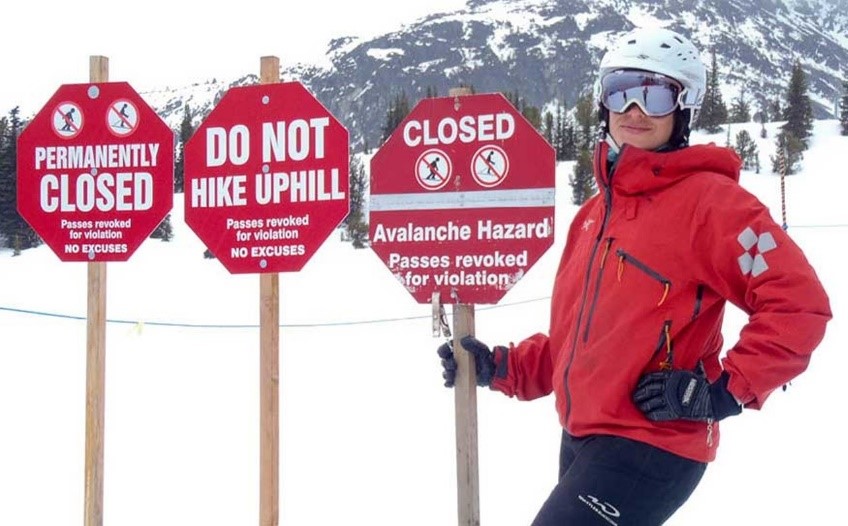Who doesn’t like to have a little adventure when it comes to travel? We recognize that most travellers do! That’s why Visitors to Canada and Emergency Medical Insurance for Canadians cover many of the activities you love to do while away, like skiing, parasailing or ziplining. That said, if you’re a more daring traveller who really likes to have an adventure, we’ve also got you covered.
Our Sports & Activities Optional Coverage makes it easy to customize your travel insurance to plan your next adventure trip—and take it to the next level.
Sports & activities to add to your bucket list
By adding Sports & Activities Coverage to your Emergency Medical Insurance, you’ll be able to enjoy:
Backcountry skiing/snowboarding
BASE jumping
Boxing
Downhill freestyle skiing/snowboarding in organized competitions
Downhill mountain biking
Hang gliding/paragliding
High-risk snowmobiling
Ice climbing
Mixed martial arts
Motorized speed contests
Mountaineering
Organized team sports* includes:
American and Canadian football
Ice hockey
Rugby
Parachuting/skydiving/tandem skydiving
Rock climbing (includes canyoneering but does not include indoor rock climbing)
Scuba diving or free diving over 40 metres
White water sports (Class VI)
Wingsuit flying
*Not required if you’re aged 20 years old or younger.
Which sports & activities aren’t covered?
All sports and activities not included in the list above are covered under the Emergency Medical Insurance plan, meaning you don’t have to buy the Sports & Activities Coverage.
However, there are a few exceptions that aren’t covered, even with the Sports & Activities Coverage added:
Barrel racing
Bronc riding
Bull riding
Chariot racing
Chuckwagon racing
Harness racing
Rodeo bareback riding
Rodeo clowning
Rodeo team roping
Steer wrestling /chute dogging
Trick riding
Avoid any areas closed off to public access by safety authorities
If you’re participating, training or practicing in any areas that have been closed off to public access by safety authorities (or areas that can typically only be accessed by crossing a fenced, gated or roped-off area marked as off-limits), you won’t be covered for:
Backcountry skiing / snowboarding
Downhill freestyle skiing / snowboarding in organized competitions
High-risk snowmobiling
Ice climbing
Mountaineering
Rock climbing
While we’ve always encouraged travellers to have fun exploring the world, we recognize that travel has changed with COVID-19. Please always put your health and safety first; and before you go, be sure to peruse our comprehensive guide “Understanding Your Travel Insurance Policy”.
Safe adventures,
MelissaEditor’s Note: This post was originally published in December 2020 and has been updated for freshness and/or accuracy.



